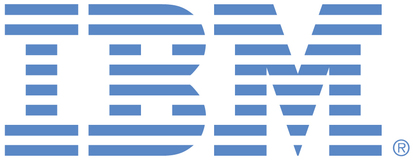
This is an IBM Automation portal for Integration products. To view all of your ideas submitted to IBM, create and manage groups of Ideas, or create an idea explicitly set to be either visible by all (public) or visible only to you and IBM (private), use the IBM Unified Ideas Portal (https://ideas.ibm.com).
Shape the future of IBM!
We invite you to shape the future of IBM, including product roadmaps, by submitting ideas that matter to you the most. Here's how it works:
Search existing ideas
Start by searching and reviewing ideas and requests to enhance a product or service. Take a look at ideas others have posted, and add a comment, vote, or subscribe to updates on them if they matter to you. If you can't find what you are looking for,
Post your ideas
Post an idea.
Get feedback from the IBM team and other customers to refine your idea.
Follow the idea through the IBM Ideas process.
Specific links you will want to bookmark for future use
Welcome to the IBM Ideas Portal (https://www.ibm.com/ideas) - Use this site to find out additional information and details about the IBM Ideas process and statuses.
IBM Unified Ideas Portal (https://ideas.ibm.com) - Use this site to view all of your ideas, create new ideas for any IBM product, or search for ideas across all of IBM.
ideasibm@us.ibm.com - Use this email to suggest enhancements to the Ideas process or request help from IBM for submitting your Ideas.

In an RDQM configuration each queue manager is active on one of several nodes. This means that tooling such as the MQ Console needs to be able to connect to the queue manager on whichever node it is active. When the MQ Console could only connect to local queue managers in the same installation then customers needed to deploy the MQ web server on each RDQM node, manage multiple web server instances, and connect to the correct instance to administer each queue manager based on which node it was active. If the queue manager failed over to a different node then they needed to log in to a different web server instance before continuing their administrative task.
Now the MQ Console supports remote queue manager connectivity then a much simpler configuration is possible. The customer can run an MQ web server on a separate system and connect to each RDQM queue manager remotely. If their RDQM queue manager has an HA floating IP address then they can use that IP to connect to the queue manager on whichever node it is active. If their RDQM queue manager does not have an HA floating IP, or they need to also support DR configurations, then they can define the various endpoints in their CCDT, or use a network load balancer to target the required node instead.